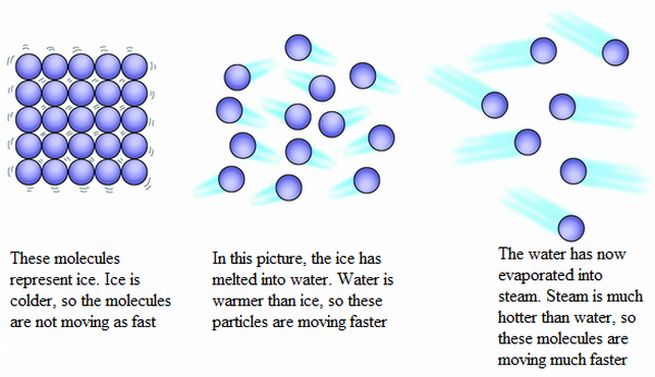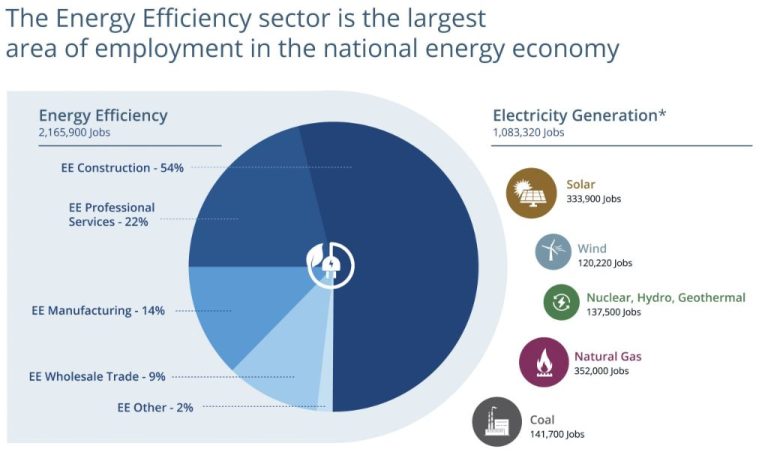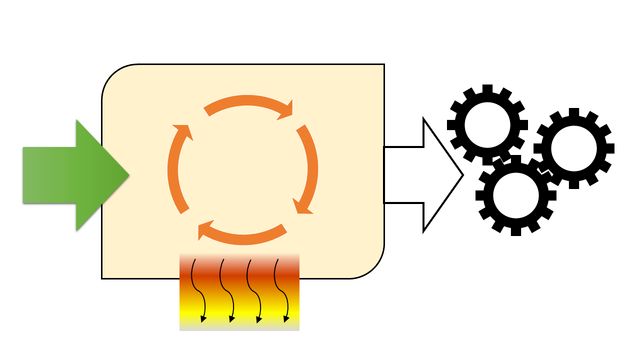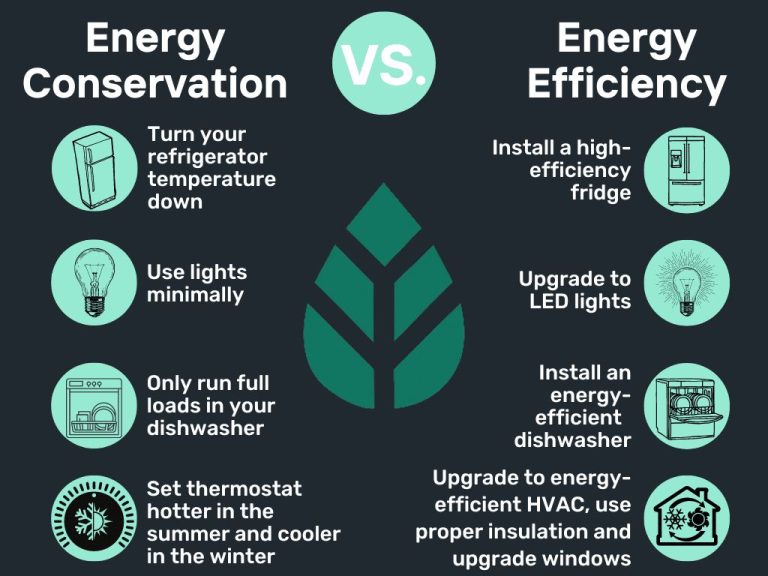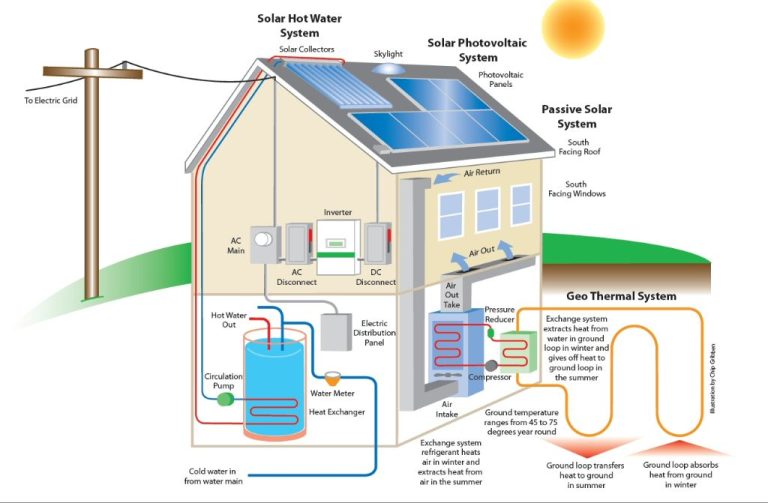What Is Erp Level 6 Efficiency Rating?
The Energy Rating Program (ERP) is an Australian government initiative that establishes minimum energy performance standards for appliances and equipment (Energy Rating Australia – About ERP). The ERP uses a rating scale from Level 1 to Level 6 to indicate the efficiency and energy consumption of appliances, with Level 1 being the least efficient and Level 6 being the most efficient.
There are 6 ERP efficiency levels that appliances can be rated at:
- Level 1 – Low Efficiency
- Level 2 – Medium Efficiency
- Level 3 – High Efficiency
- Level 4 – Very High Efficiency
- Level 5 – Premium Efficiency
- Level 6 – Market Leading Efficiency
Higher ERP levels indicate more energy efficient products that consume less energy and have lower running costs. The higher the ERP level, the better the energy rating.
Level 6 is the highest efficiency rating in the ERP system. Appliances with a Level 6 rating represent the most energy efficient products available in their product class.
What is ERP Level 6 Efficiency?
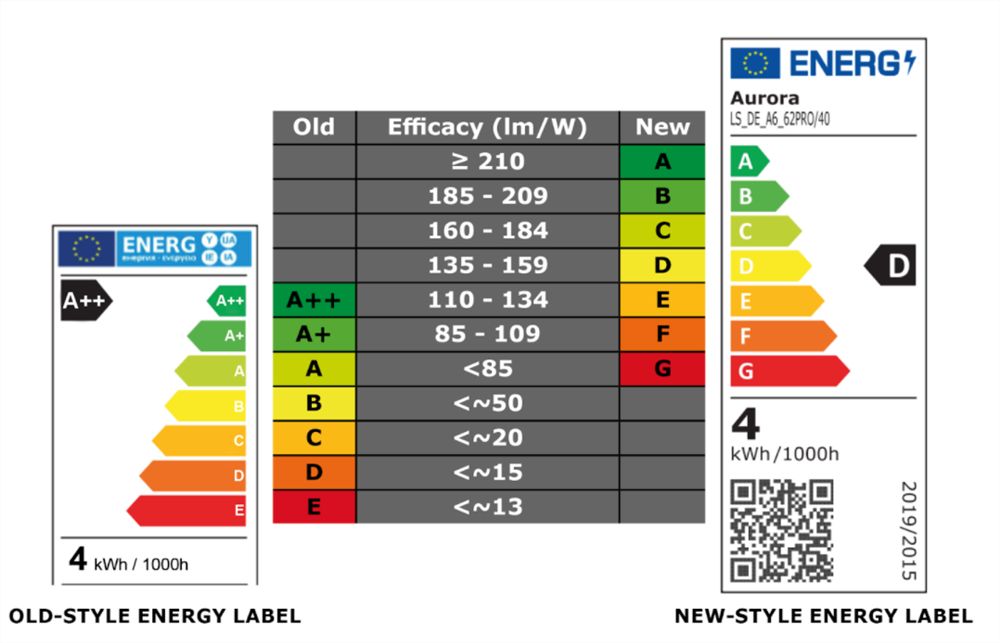
ERP stands for Energy-Related Products, and refers to a series of standards established by the European Union to regulate the energy efficiency requirements of appliances. Level 6 is the highest efficiency rating under the ERP directive.
To qualify for ERP Level 6, an appliance must meet a minimum efficiency of 87% or higher. This means at least 87% of the electrical energy consumed is converted into useful output by the appliance. Only the most energy efficient models on the market can achieve Level 6 rating.
Some examples of appliances that can reach ERP Level 6 efficiency include air conditioners, refrigerators, washing machines, and power adapters. For a power adapter to be Level 6 compliant, it must have at least an 87% efficiency when converting input AC power to DC output power. This results in much lower energy loss and heat generation compared to less efficient adapters.
Overall, ERP Level 6 represents the pinnacle of energy efficient performance. Appliances with this rating consume minimal energy while maximizing operational output. With rising energy costs worldwide, ERP Level 6 products offer significant long-term savings on electricity bills compared to less efficient models.
Benefits of Level 6 Efficiency
Level 6 appliances provide significant energy savings and cost savings compared to less efficient models. According to one source, Level 6 appliances are approximately 30% more energy efficient than the baseline federal standard (Source). This increased efficiency can lead to substantial reductions in electricity usage and utility bills.
For example, replacing an old refrigerator with a new Energy Star certified Level 6 model can cut energy use by 30% or more. Over the 15 year lifespan of the appliance, the energy savings can add up to hundreds of dollars. The higher upfront cost of a Level 6 appliance is usually more than offset by lifetime energy savings.
Beyond cost savings, Level 6 appliances also benefit the environment by reducing energy consumption and greenhouse gas emissions from power plants. Widespread adoption of Level 6 appliances is projected to eliminate millions of tons of CO2 emissions each year. By purchasing energy efficient Level 6 models, consumers can do their part to lower their carbon footprint.
Appliances That Meet Level 6
Many newer home appliances now meet the Energy Star ERP Level 6 efficiency requirements. This includes major kitchen and laundry appliances like refrigerators, dishwashers, and clothes washers. For example:
Refrigerators: Many of the latest refrigerator models from brands like LG, Samsung, and Whirlpool now achieve Level 6 efficiency ratings. These fridges have enhanced insulation, compressors, and heat exchange systems to minimize energy use (1).
Dishwashers: Brands like Bosch, KitchenAid, and Miele offer dishwashers that meet Level 6 standards. These machines use less water and electricity through improved wash systems and motors (2).
Clothes Washers: Top-loader and front-loader washing machines from Maytag, Electrolux, and other brands can achieve Level 6 ratings. They incorporate more precise water temperature control, higher spin speeds, and sensors to reduce energy waste (3).
So consumers have many options across appliance categories to choose products aligning with the latest energy efficiency criteria. This can lead to ongoing utility bill savings over the life of the appliance.
(1) https://www.cnet.com/home/kitchen-and-household/refrigerator-energy-efficiency-what-the-ratings-mean/
(2) https://www.reviewed.com/dishwashers/features/how-to-buy-a-dishwasher
(3) https://www.energystar.gov/products/clothes_washers
Purchasing Considerations
While Level 6 appliances often cost more upfront, they can provide significant long-term savings through increased efficiency. According to SelectHub, the upfront investment in ERP solutions averages between $500,000 to $1 million for large corporations. However, over the long run this enables companies to streamline operations and reduce costs. Similarly, buying a more energy efficient Level 6 appliance may cost more initially, but provide returns through lower energy bills over time.
The availability of Level 6 appliances continues to increase as manufacturers recognize consumer demand for greater efficiency. Major brands like LG, Samsung, and Whirlpool now offer fridges, dishwashers, washers and dryers that meet the Level 6 standard. While selection may still be more limited than lower efficiency models, Level 6 options are becoming more mainstream. With growing availability, pricing is also becoming more competitive.
Consumers should weigh the higher upfront cost against long-term energy savings when deciding whether to purchase a Level 6 appliance. The higher price may pay for itself over years of use, while helping to reduce environmental impact. As availability continues to grow, Level 6 provides an increasingly viable option for eco-conscious consumers looking to save on energy costs.
Improving Efficiency of Existing Appliances
There are several upgrades and maintenance tasks homeowners can do to improve the efficiency of appliances they already own, potentially saving energy and money without having to purchase brand new models. According to the U.S. Department of Energy, simple steps like inspecting and replacing seals, cleaning coils, and performing regular maintenance can optimize efficiency for refrigerators, dishwashers, and other major appliances (https://www.energy.gov/energysaver/kitchen-appliances).
For refrigerators specifically, replacing old seals and cleaning condenser coils every year helps limit air leaks and keeps the cooling system working efficiently. Maintaining the proper temperature setting (37-40°F for the fresh food compartment and 0°F for freezers) also prevents energy waste (https://www.directenergy.com/learning-center/25-energy-efficiency-tips). Dishwashers can benefit from regular inspection and replacement of seals around the door, as well as periodic cleaning of clogged filtering systems. Proper loading and running full loads instead of partial loads also improves efficiency.
Other appliances like ovens, stoves, washing machines, and dryers similarly benefit from routine maintenance procedures outlined in owner’s manuals. Simple steps like cleaning lint traps in dryers, replacing worn out belts and hoses in washers, and keeping heating elements andreflectors clean in ovens help them operate closer to their optimal efficiency.
Future ERP Levels
Experts predict that appliance efficiency will continue to improve beyond the current Level 6 standards. There is already progress being made towards even higher efficiency models, potentially leading to a Level 7 designation and beyond.
By 2024, predictions indicate the average refrigerator could operate with 10-15% less energy than a current Level 6 model, marking a notable increase in efficiency. Washing machines and dishwashers are also expected to see gains of 5-10%. This will likely warrant the introduction of a Level 7 ERP rating (Velosio, 2024).
Further into the future, some analysts foresee the development of Level 8 or even Level 9 ratings for ultra-high efficiency appliances. This would require new technology innovations and design improvements, but could reduce energy consumption even more substantially. With rising energy costs and climate change concerns, the pressure is on for appliance makers to keep pushing efficiency higher.
Government Regulations
Government regulations have been a key driver in encouraging higher efficiency ratings for appliances and equipment. The Department of Energy (DOE) has established mandatory minimum efficiency standards for over 60 product categories through the Appliance and Equipment Standards Program.
These standards are designed to eliminate the least efficient products from the marketplace. As newer standards are introduced, manufacturers must meet higher efficiency levels to remain compliant and continue selling their products in the US. This mechanism steadily removes inefficient models and increases adoption of higher efficiency levels over time.
For example, in 2015 the DOE finalized a rule establishing standards for residential furnaces, central air conditioners, and heat pumps. This rule increased the minimum efficiency levels for these products, requiring a transition to more efficient models.
The DOE uses several criteria to determine which products should have mandatory efficiency standards and what levels are economically justified and technologically feasible. Their standards process involves extensive analysis and input from stakeholders. These regulations give appliance manufacturers a clear roadmap for increasing efficiency.
Consumer Trends
There has been a growing demand from consumers for more energy efficient appliances in recent years. As environmental awareness increases, more people are concerned about their carbon footprint and looking to purchase appliances that use less energy and are more eco-friendly.
According to a recent survey by the Association of Home Appliance Manufacturers source, over 80% of respondents said energy efficiency was an important factor when shopping for new appliances. Many consumers are willing to pay more upfront for an appliance with a higher ERP rating because they know it will save money on electricity bills over time.
This increased environmental consciousness has led manufacturers to respond by designing more efficient models. Appliances with ERP Level 6 ratings are becoming more widely available as companies aim to meet this growing demand. Consumers who purchase Level 6 appliances can reduce their energy consumption and carbon footprint.
Conclusion
In summary, ERP Level 6 is the most efficient energy rating for major appliances available today. Appliances with a Level 6 rating utilize advanced technology and design to minimize energy consumption and carbon emissions. The key benefits of choosing Level 6 appliances include:
- Significantly lower energy bills compared to less efficient models.
- Reduced environmental impact through lower greenhouse gas emissions.
- Advanced features like inverter motors and compressors, improved insulation, and smart sensors to optimize energy use.
- Longer lifetime and durability than appliances with lower ERP ratings.
- Qualification for rebates and incentives from utility companies and government agencies.
With rising energy costs and increasing awareness of environmental sustainability, purchasing highly efficient Level 6 appliances is one of the best investments consumers can make today. Though the upfront cost is higher, Level 6 appliances pay back the difference through energy savings over the lifetime of the product. As technology continues to progress, Level 6 represents the current pinnacle of efficiency and performance for household appliances.

